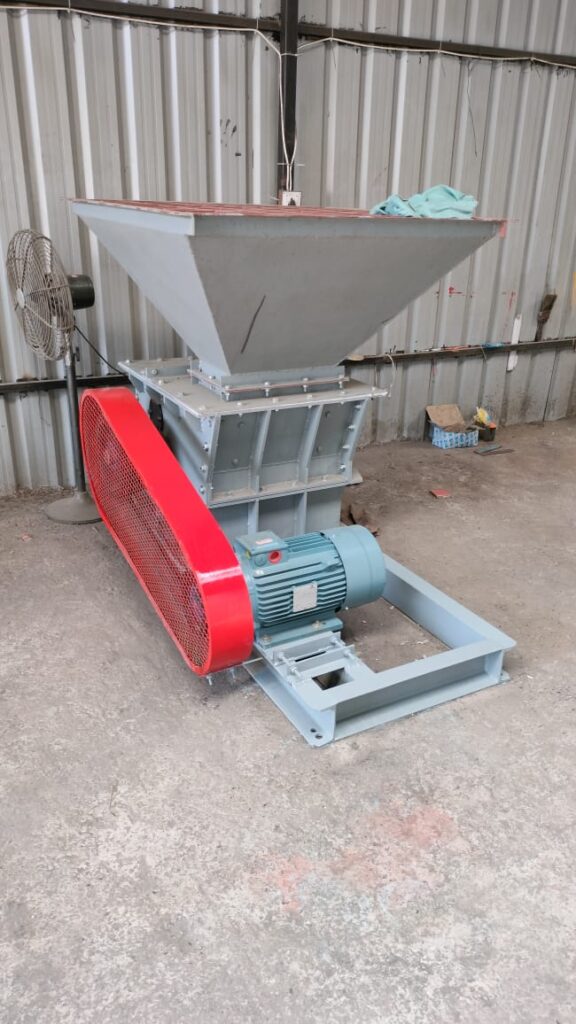
Crusher
A hammer crusher is a type of crushing equipment that uses a high-speed rotating hammer to crush materials. Here are some key features and specifications:
Components
- Rotor: The rotating shaft that holds the hammers.
- Hammers: The striking elements that crush the materials.
- Grate: The screen that allows crushed materials to pass through.
- Frame: The structural housing that supports the crusher.
- Drive: The electric motor or gearbox that powers the crusher.
Specifications
- Capacity: Up to 1000 tons per hour.
- Feed Size: Up to 1000 mm (39 in).
- Discharge Size: 0-50 mm (0-2 in).
- Rotor Speed: 500-2000 rpm.
- Power: Up to 500 kW (680 HP).
Types
- Single-Rotor Hammer Crusher: Suitable for crushing soft and medium-hard materials.
- Double-Rotor Hammer Crusher: Suitable for crushing hard and abrasive materials.
- Reversible Hammer Crusher: Suitable for crushing materials with high moisture content.
Applications
- Limestone: Crushing limestone for cement production.
- Coal: Crushing coal for power generation.
- Gypsum: Crushing gypsum for plaster production.
- Minerals: Crushing minerals for mining and processing.
Advantages
- High Crushing Ratio: Can crush materials with high efficiency.
- Simple Maintenance: Easy to maintain and repair.
- Low Operating Cost: Energy-efficient and cost-effective.
- Wide Range of Applications: Suitable for various industries and materials.
- Crusher is a machine designed to reduce large rocks into smaller rocks, gravel, and sand or rock dust. Crushers may be used to reduce the size, or change the form of materials so they can be more easily recycled, or to reduce the size of a solid mix of raw materials
